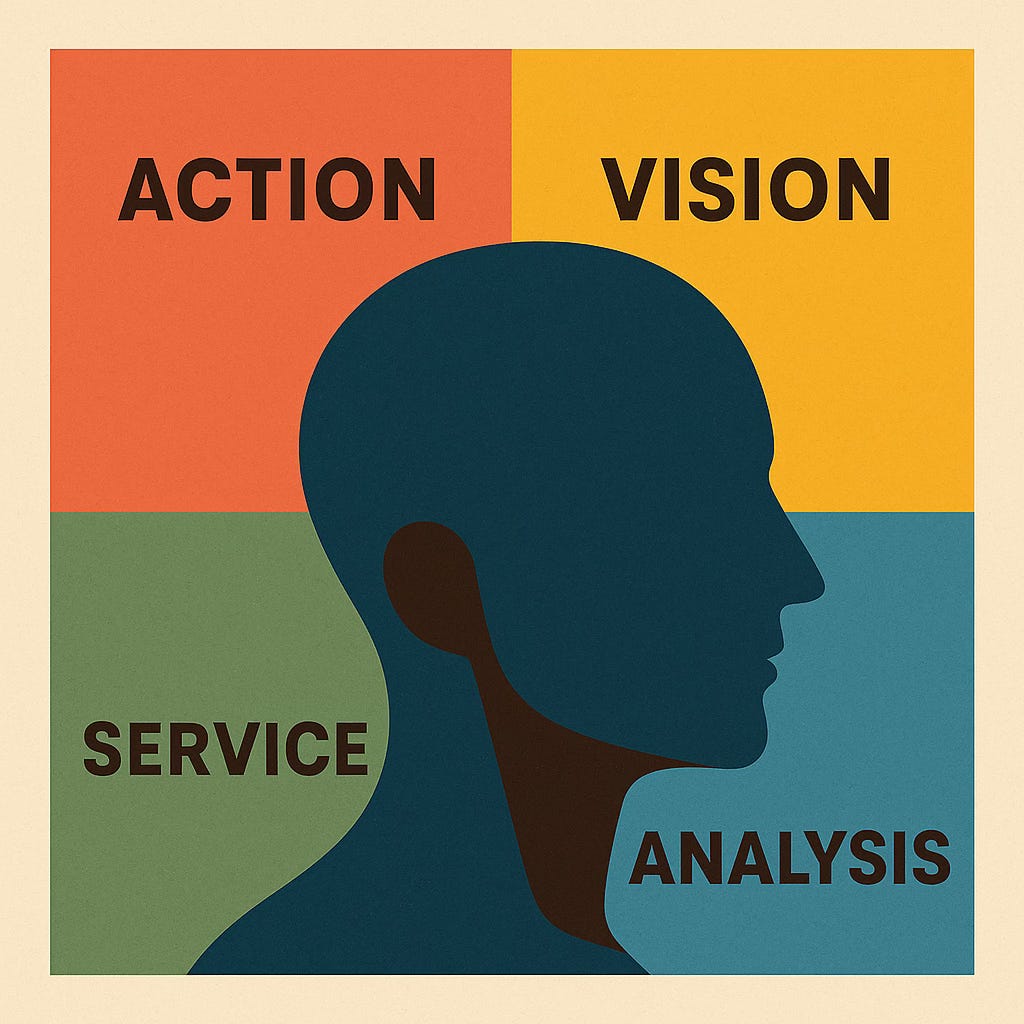BONUS – Colours of Consciousness: Reflections on Personality, Leadership, and the Work of Transformation
Personality as Palette, Consciousness as Canvas—What Sun Tzu, Erikson, and Consciousness Teach Us About Leading Wisely
Keep reading with a 7-day free trial
Subscribe to On Transcendence to keep reading this post and get 7 days of free access to the full post archives.



